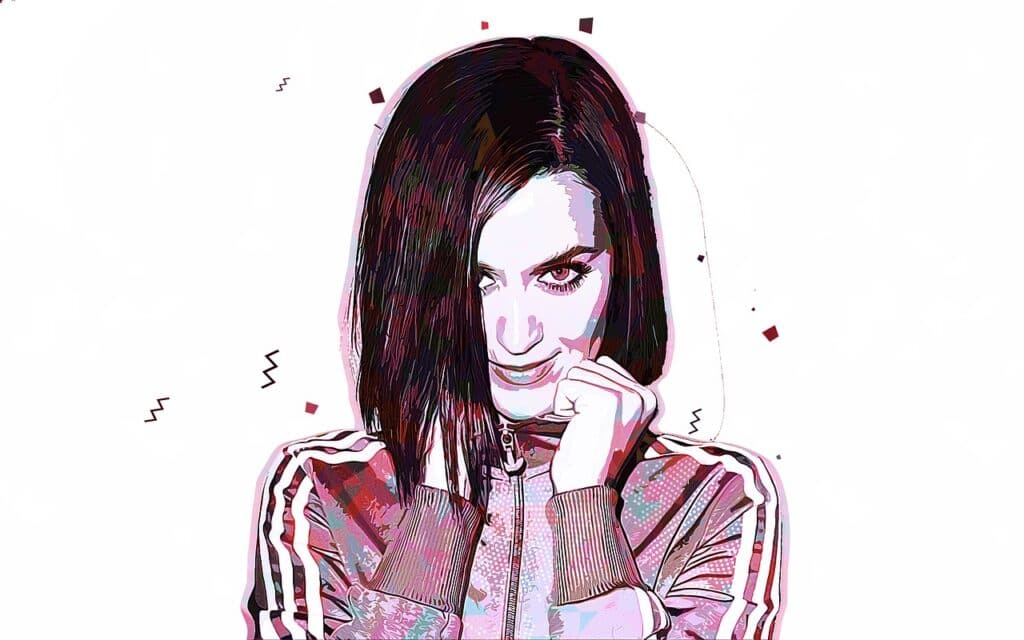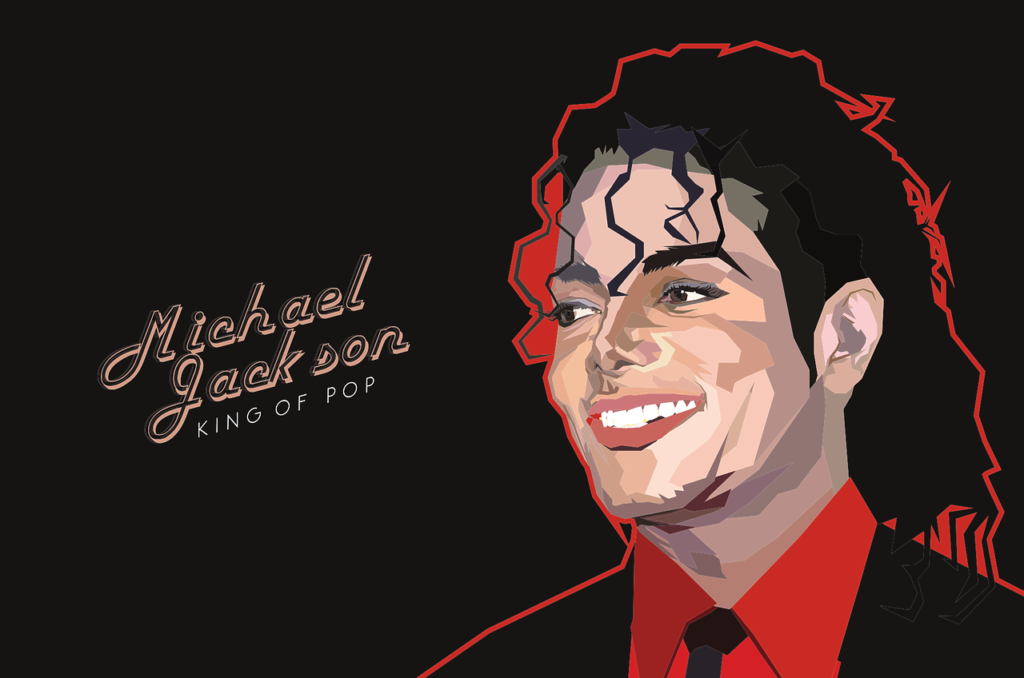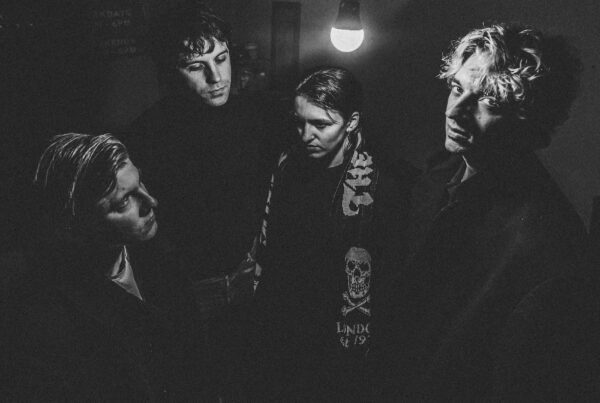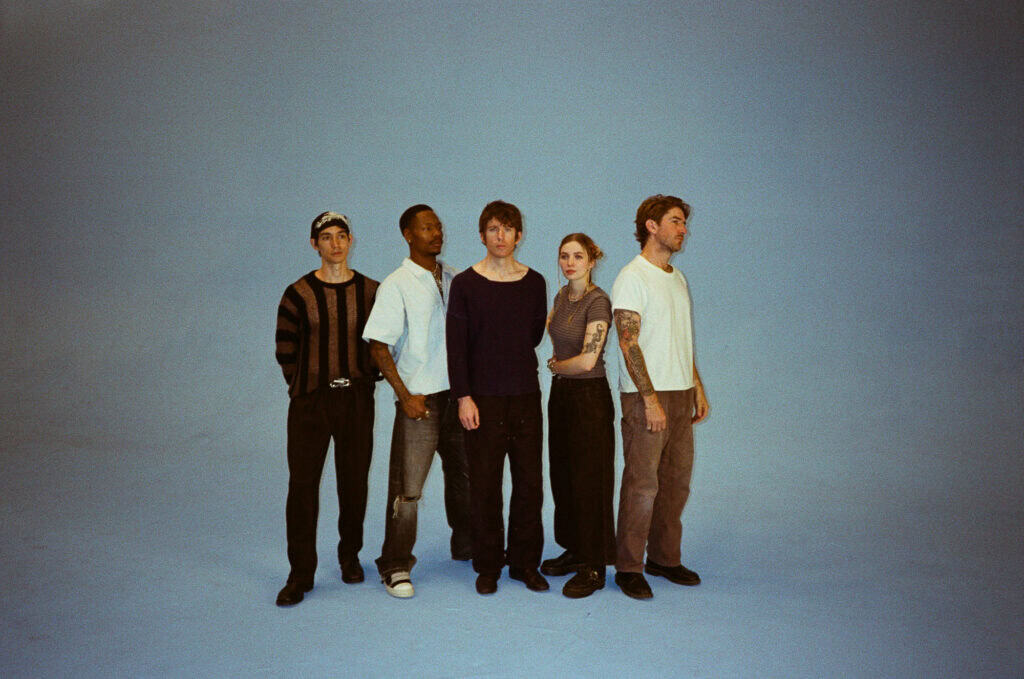We often underestimate just how vital an era can be for the transformation of pop culture. There’s perhaps even less discourse around the different expectations for male and female artists when it comes to music eras, especially in the world of pop music. But before we decipher that, it’s important to define exactly what is meant by an ‘era’.

An era is best explained as a specific period of an artist’s career, usually accompanied by the rollout of an album or string of singles. The era is often characterized by a distinctive artistic transition from previous work, it’s almost like building an entire world and persona that correlates with an album. However, the most successful eras in popular music only tend to work when the artist is being authentic, the era should be a visual extension of their personality and not a facade in order to generate attention. (See JoJo Siwa)
For female artists in particular, reinvention has become the key to maintaining relevancy in the music industry. Each new record is now often approached with a new visual identity, allowing the audience to separate a musician from their previous work and this is something that was popularised by Madonna some 40 years ago.
Madonna has cemented herself as the Queen of Pop by allowing her public image to adapt and transform alongside her artistry, she is the pop phoenix and her longevity in the industry is a testament to the extraordinary creativity she’s fastened into her work. From modelling herself on Marilyn Monroe for ‘Material Girl’ to being photographed biting a man’s derrière in her infamous ‘Sex’ book for ‘Erotica’. Madonna didn’t just push the envelope, she tore it open and allegedly got herself excommunicated by the Catholic Church in the process.
It would be blasphemous to discuss iconic pop eras without giving a nod to Katy Perry’s seven time GRAMMY nominated ‘Teenage Dream’. The record set the tone for pop music in the early 2010’s, spawning five consecutive number one singles and unleashing a world of candy canes and white glitter. Prior to this, Lady Gaga threw her hat into the ring as a contender for the most innovative popstar with ‘The Fame’, an era that revolutionised flat top shield sunglasses, bold wigs and of course the infamous performance of ‘Paparazzi” at the 2009 VMAs, which saw a lifeless Gaga hanging with blood smeared across her face.

Going back further, Britney Spears’ ‘Blackout’ album launched one of the most controversial eras in music and whilst it is often hailed as ‘The Pop Bible’, it was Spears’ personal life that drove the frenzy around the era. In the midst of a custody battle and public divorce from Kevin Federline in 2007, the then 25 year old singer shocked the world by shaving her head and getting tattooed in front of a flock of paparazzi, who had been notoriously hounding the star. Spears retaliated to the relentless paparazzi with her track ‘Piece of Me’, which was an unusually personal glimpse into her life at the time. The album, which was considered to have performed poorly in terms of commercial success at the time, has since inspired artists like Sam Smith, Charlie xcx and Kim Petras. A new public image can certainly dictate to the success of a record, which is possibly why it usually works in a singer’s favour when they dissociate from their past identity or in simpler terms – go batshit crazy.
In 2013, Miley Cyrus obliterated the identity that had been pushed on her by Disney executives when she donned a pixie cut and became involved in a long line of controversies. The former ‘Hannah Montana’ star tried her hand at hip-hop, collaborating with rappers like Big Sean and French Montana for her ‘Bangerz’ album. The drug fuelled era saw Cyrus dress and act provocatively and the impact of her antics even led to the word ‘twerk’ being added to the Oxford Dictionary. The triple-platinum album spawned the mega-hits ‘Wrecking Ball’ and ‘We Can’t Stop’, and the era also included features on Mike Will Made It’s ‘23’ and Will.I.Am’s ‘Feelin’ Myself’.
All of the mentioned female artists that have come since Madonna have her inspiration written all over their eras and are likely to have studied her art of reinvention. But there is a question that has long been lingering behind the scenes in the industry, why do women have to reinvent themselves to be as successful as their male counterparts? It’s an interesting point of discussion, but it seems to me that we as a society hold women to a higher expectation than men in all walks of life. For example, Dua Lipa recently faced criticism for her single ‘Houdini’ being too similar to her previous record ‘Future Nostalgia’ and Olivia Rodrigo received flack for having both her first and second studio albums have purple artwork. Comparatively, artists like Ed Sheeran and Shawn Mendes have worn the same outfits and have made objectively similar music with little artistic growth for over a decade and have had little backlash in regard to it; they still manage to sell records.
However, some male artists have certainly accepted the challenge of having their own eras, Michael Jackson and Prince were two mammoth forces in the industry that were committed to having visual imagery help define their records. The ‘Thriller’ era was one of the most successful in music history and Jackson’s distinctive eras aided him in becoming possibly the most famous man alive, allowing his art to thrive while his personal life often remained shrouded in mystery. In modern music and on a lesser scale, Justin Bieber saw success in changing his style and physical appearance for the ‘Purpose’ era, sporting bleach blonde hair and releasing a flock of hit singles such as ‘Sorry’, ‘What Do You Mean?’ and ‘Love Yourself’. As we can see, male singers take on the task of providing an era for their records when it suits them, but they undoubtedly don’t face the same pressures from their record labels as women in the business. Perhaps we expect musicians to grow and change because pop is such a fluid genre of music, it’s constantly evolving and adapting.

Interestingly however, it’s beginning to feel that female artists aren’t committing to eras like they once did. Ariana Grande’s recent album ‘eternal sunshine’ was some of her best work and yet she did little to promote the record, Dua Lipa’s ‘Radical Optimism’ was highly anticipated and the London born artist also reframed from going on any major press tours. Perhaps the most telling sign that the industry is changing came when Miley Cyrus had the biggest hit of her career with ‘Flowers’ last year and didn’t care to perform the track anywhere for over a year and made no public appearances to promote her record ‘Endless Summer Vacation’.
Why are musicians no longer making their album rollouts into fully fledged eras like times of old? It’s a complicated question, however social media has had a big part to play in it. When artists can promote themselves with Tiktok videos and Instagram posts, is there any use in switching up their physical appearance and going on exhaustive press tours, trying to sell their new image? It’s also clear that streaming has lessened the significance of album art and physical copies, which were both big factors in the success of an era. The unfortunate truth of the matter may not have dawned on the new generation of musicians yet, but an era is what often makes music so memorable. People may not have remembered Madonna’s ‘Like a Virgin’ so vividly if she hadn’t have been rolling around the VMAs stage in a wedding dress and similarly, without the bleached blonde hair and donning a Jason Voorhees mask, would Slim Shady have been so menacing and unforgettable? Music itself is simply one side of a coin, it’s the creativity behind an era that sets an artist aside from their peers and makes pop culture so exciting, vibrant and alive.






